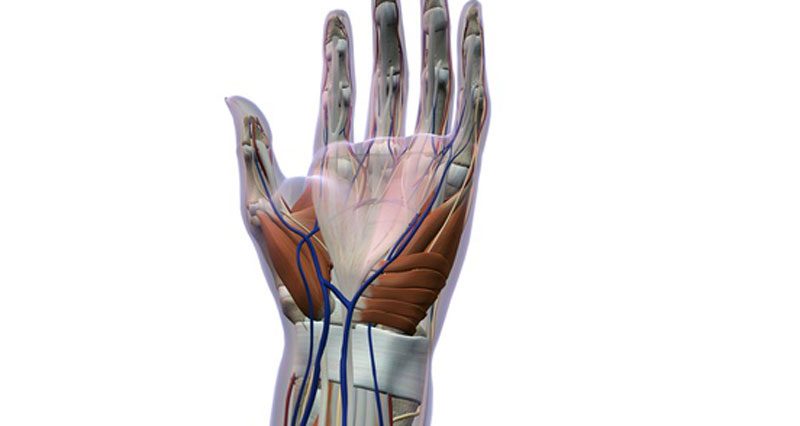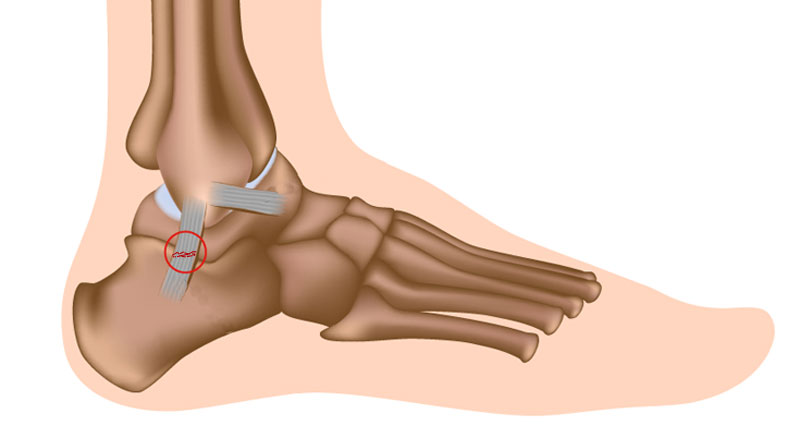A wrist strain is a tear or injury of any of the tendons in the wrist. Tendons attach muscle to bone, enabling movement. However, it is often a general term to describe wrist pain.
Wrist strain symptoms
A wrist strain usually occurs suddenly (acute injury), or can develop over time through repetitive stress and overuse (chronic wrist pain). Symptoms of a wrist strain include:
- Pain in the wrist may develop gradually or suddenly.
- There may be a specific area which feels tender to touch.
- Swelling may develop, but not always.
Diagnosis
A professional therapist may diagnose a wrist strain by getting you to bend your wrist in various directions, whilst applying resistance. To identify a specific tendon strain your physio will stress or load it to reproduce pain.
Treatment
An important part of wrist strain treatment is to rest from activities which aggravate the injury.
Apply the PRICE principles in the acute stage of protection, rest, ice, compression and elevation.
Apply ice for 10 minutes up to every hour for the first 24 to 48 hours which is usually long enough for the acute stage to pass. Do not apply ice directly to the skin but wrap it in a wet tea towel. Commercially available cold wraps are often more convenient.
Your doctor may recommend taking ibuprofen to ease inflammation and a sports injury specialist may use electrotherapy treatments such as Ultrasound.
If your wrist is swollen, apply a compression bandage or support. A simple tube grip or elastic bandage is fine initially. Later a neoprene wrist wrap is good for providing support and retaining heat which will help the tendon heal.
For chronic or persistent cases cross friction massage may help by reducing the tendon back to its acute stage so it can heal properly.
Wrist strain exercises
Once the pain has subsided, strengthening exercises can be performed to prevent it from happening again. In particular putty exercises and hand therapy balls can help with wrist strengthening as well as specific flexion, extension and lateral deviation exercises with dumbbells or similar weights.









